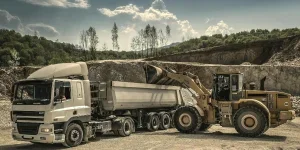Mini excavators, the compact yet mighty machines, have transformed the construction landscape, offering versatility and efficiency in a small package. Ideal for tight spaces and smaller projects, these machines combine power, precision, and ease of use, making them a favorite in the industry. This article explores everything you need to know about mini excavators, from their mechanics to usage and cost.
Table of Contents:
1. What is a mini excavator?
2. How do mini excavators work?
3. How to use a mini excavator
4. How much does a mini excavator cost?
5. Top mini excavators on the market
What is a mini excavator?
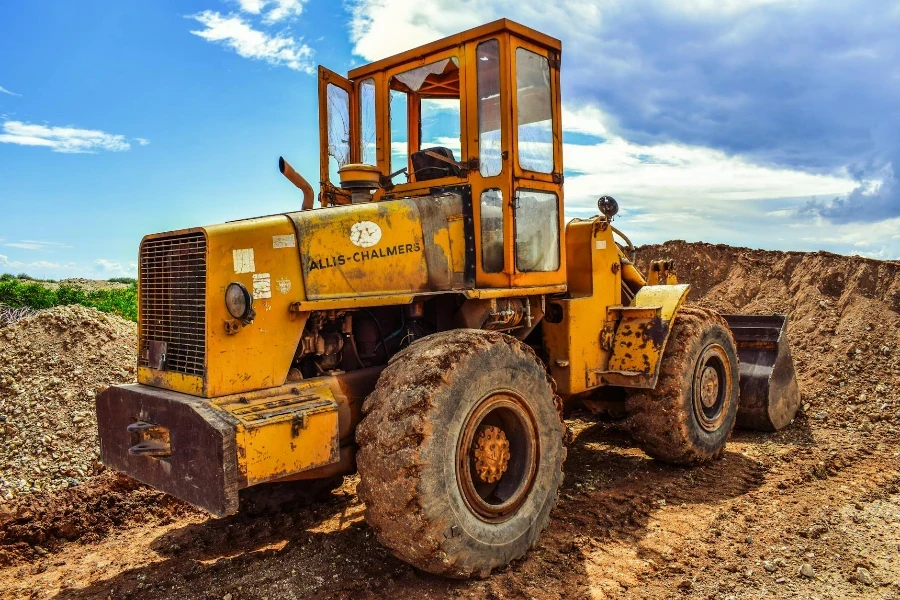
Mini excavators are small hydraulic excavators designed for a variety of tasks, including digging, lifting, and grading. Despite their compact size, these machines pack a punch, offering the power needed to tackle jobs in confined spaces where larger excavators can’t fit. With an operating weight of up to 6 metric tons, mini excavators are equipped with a boom, stick, and bucket, and often feature additional attachments for enhanced versatility. They are commonly used in landscaping, construction, and utility projects, proving that size isn’t everything when it comes to heavy machinery.
How do mini excavators work?
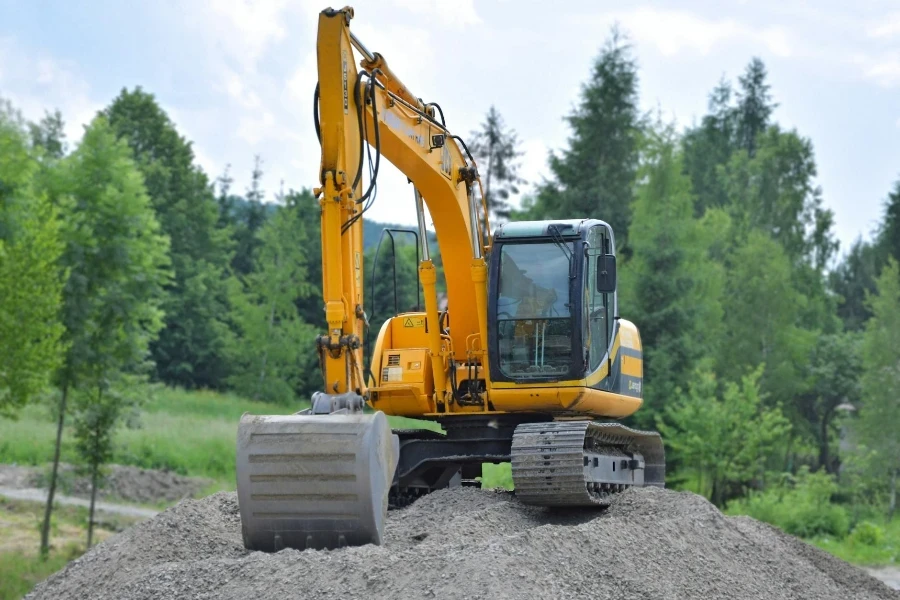
At the heart of a mini excavator’s operation is its hydraulic system, which powers the machine’s movements and functions. This system comprises a hydraulic pump, cylinders, and valves that work together to convert engine power into hydraulic force. The operator controls the excavator via a set of levers or joysticks that manipulate the hydraulic fluid’s flow, allowing for precise movements of the boom, arm, and bucket. Advanced models also feature electronic systems that provide further control and efficiency, optimizing the machine’s performance based on the task at hand.
How to use a mini excavator
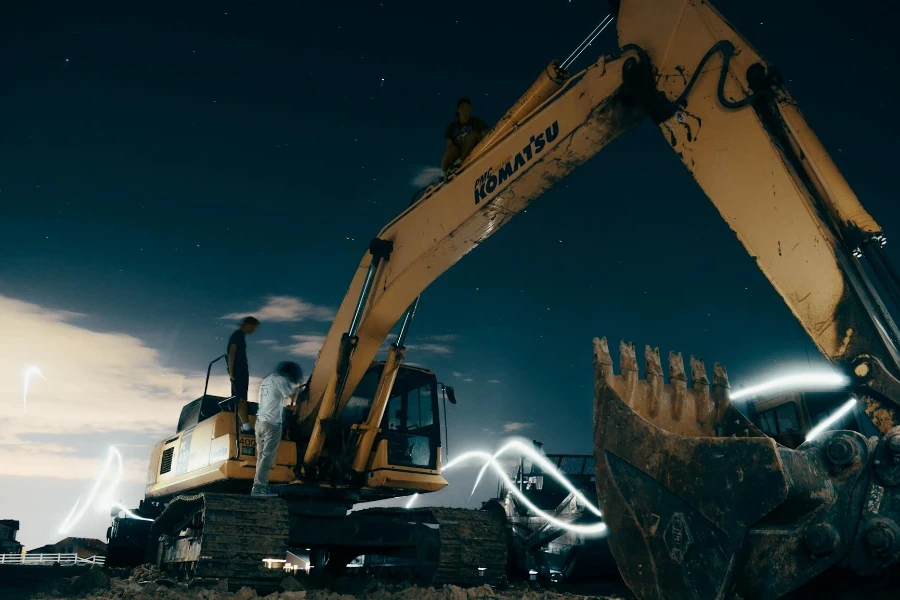
Operating a mini excavator requires a blend of knowledge, skill, and safety awareness. Before starting, familiarize yourself with the machine’s controls and read the operator’s manual. Begin with a pre-operation inspection to check for any mechanical issues. When operating, maintain a stable and level working platform to prevent tipping. Use the boom and arm to dig or lift, keeping movements smooth to avoid sudden jerks. It’s also crucial to be aware of your surroundings, especially when working in tight spaces, to prevent accidents and ensure the safety of everyone on site.
How much does a mini excavator cost?
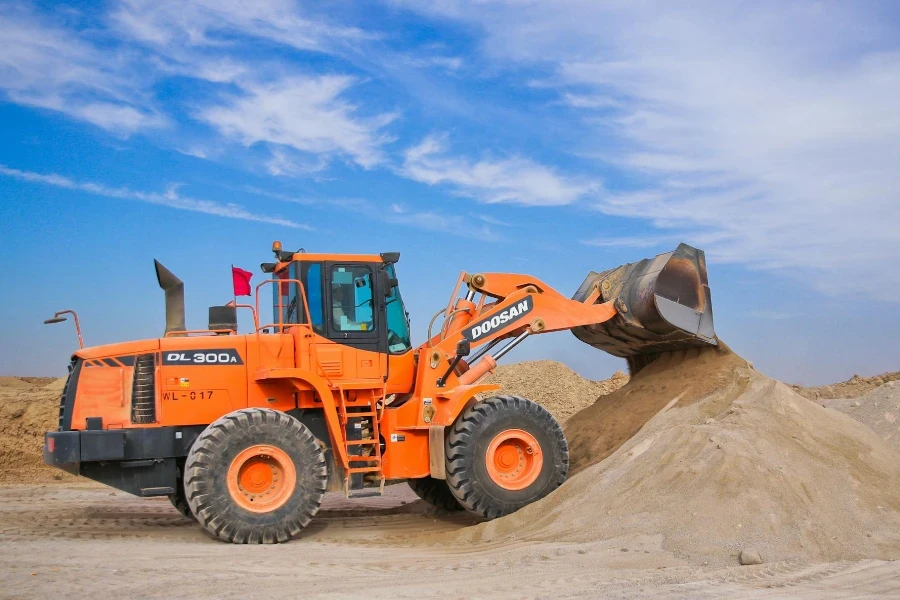
The cost of a mini excavator varies widely based on size, brand, and features. New models can range from $20,000 for basic, small units to over $90,000 for larger, more advanced machines. Used mini excavators offer a more affordable option, with prices depending on age, condition, and hours of use. Rental is another popular option, providing flexibility and cost-effectiveness for short-term projects. Rental rates can vary from $200 to $500 per day, making it a viable option for those not ready to invest in a purchase.
Top mini excavators on the market
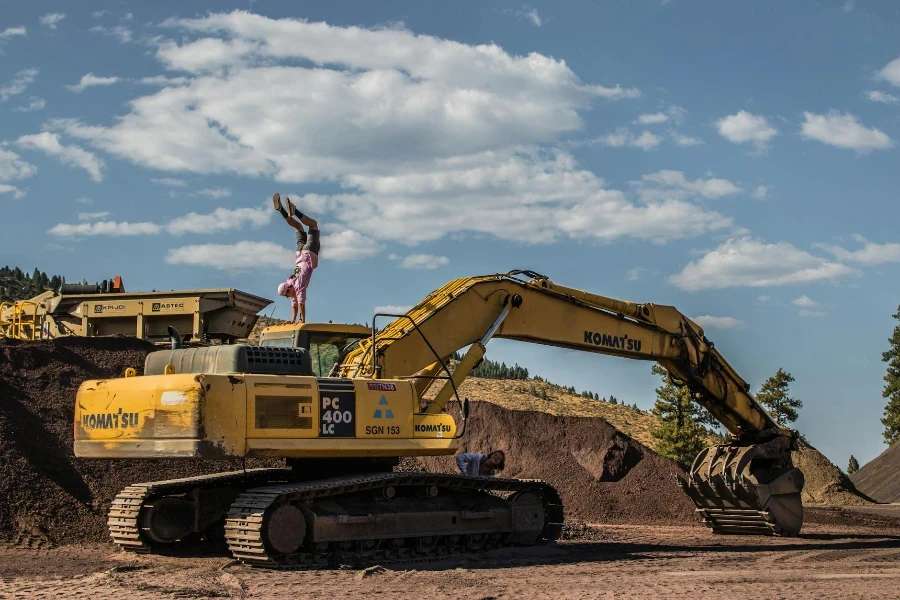
The market offers a range of mini excavators to suit various needs and budgets. Top models include the Kubota KX040-4, known for its power and efficiency, and the Caterpillar 305.5E2 CR, which offers advanced features and durability. The Bobcat E35 is another favorite, praised for its comfort and precise control. Each of these models brings something unique to the table, whether it’s the latest technology, superior comfort, or exceptional performance, making the choice dependent on the specific requirements of the project.
Conclusion:
Mini excavators are indispensable tools in modern construction, landscaping, and utility work. Their compact size, combined with powerful performance, makes them incredibly versatile and efficient. Understanding how they work, how to use them safely, and what costs to expect can help you make the most of these dynamic machines. With the right mini excavator, even the smallest projects can achieve big results.
